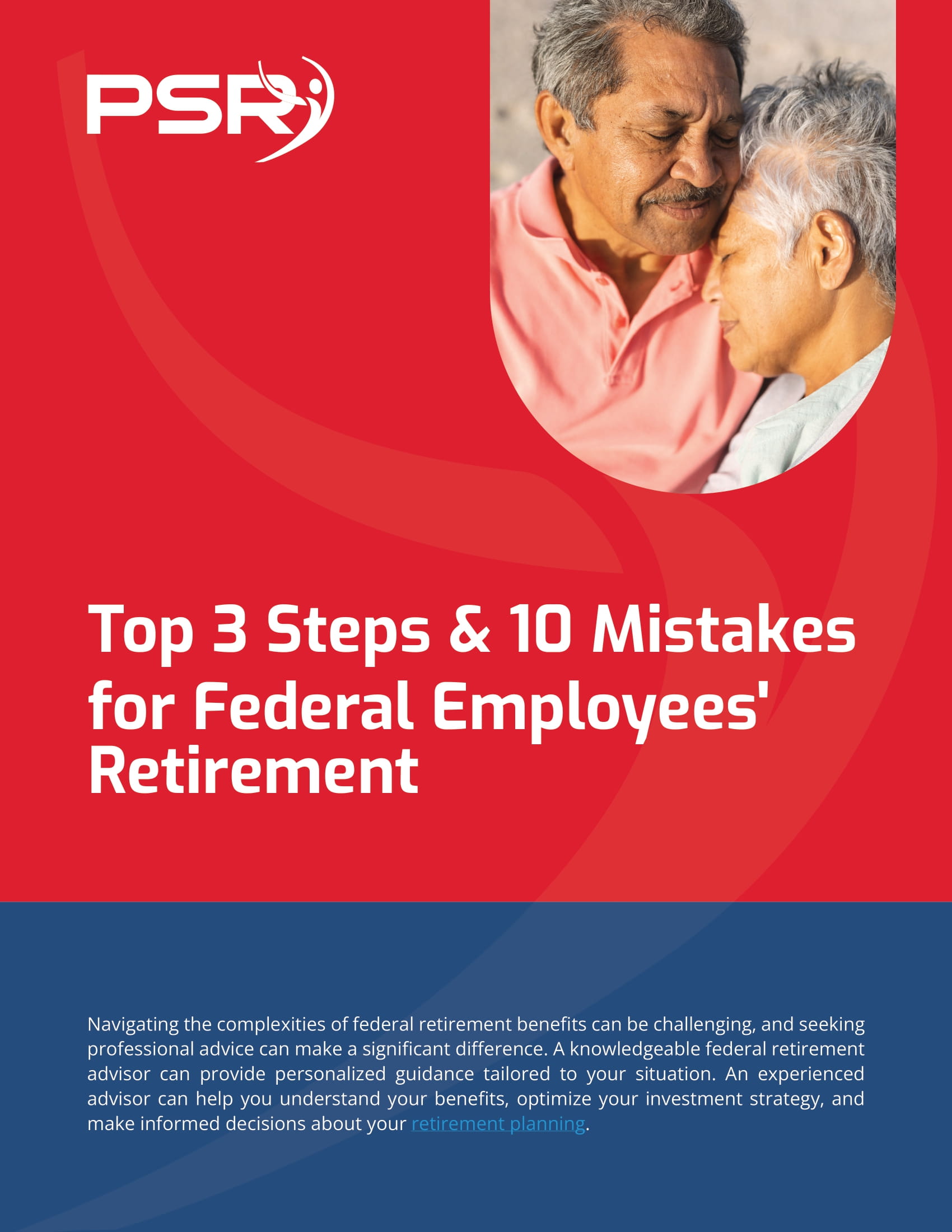Key Takeaways
-
Not all Postal Service retirees pay the same amount for healthcare, even though they’re part of the same retirement system. Disparities arise due to timing, plan selection, Medicare enrollment, and overlooked rules.
-
In 2025, the transition to the Postal Service Health Benefits (PSHB) Program adds new complexity, especially for retirees who aren’t enrolled in Medicare Part B. These retirees may face higher out-of-pocket costs and reduced benefits.
The Uneven Playing Field of Postal Retirement Costs
- Also Read: Dropping FEGLI Sounds Smart—Until You Realize What It No Longer Covers After Retirement
- Also Read: Hitting 20 Years in Law Enforcement? Here’s What You Can Expect From Your Pension
- Also Read: Think You Understand FERS? These Three Rules Still Confuse Even Longtime Government Employees
Many assume their costs will mirror those of their peers. But retiree healthcare costs under the new PSHB program can vary drastically. And the surprising truth? Most postal retirees don’t know what will hit them until the bills start arriving.
What Changed in 2025—and Why It Matters
This year marks the first full year of the Postal Service Health Benefits (PSHB) Program, which officially replaced the Federal Employees Health Benefits (FEHB) Program for Postal Service retirees.
Here’s what makes it different:
-
All Medicare-eligible postal retirees (and their eligible family members) must now be enrolled in Medicare Part B to maintain PSHB coverage.
-
Exceptions apply only to a small subset: those who retired on or before January 1, 2025, or were already age 64 or older by that date.
-
Anyone not enrolled in Part B without qualifying for an exemption will lose access to the full PSHB benefits and may face significantly higher costs or limited coverage options.
That means if you’re turning 65 this year or next and you don’t sign up for Part B, your retirement costs could be far greater than you expected.
Medicare Enrollment Makes or Breaks the Budget
Under the PSHB framework, Medicare Part B plays a central role in reducing your out-of-pocket healthcare costs. Here’s how the math breaks down in practice:
-
With Part B: PSHB plans typically waive or reduce deductibles, lower coinsurance, and provide enhanced pharmacy benefits.
-
Without Part B: You may face the full plan deductible, higher copays, and much less predictable prescription drug pricing.
This creates two distinct classes of retirees: those who enrolled in Medicare Part B and receive coordinated care at a lower cost—and those who didn’t and now face a steeper financial burden.
Many retirees are unaware that delaying Medicare enrollment beyond their Initial Enrollment Period can result in permanent penalties—up to a 10% premium increase for each 12-month period they delay.
Retirement Date Determines Your Exemptions
Whether you are subject to the new Medicare Part B requirement hinges on one key date: January 1, 2025. Here’s how the rule works:
-
Retired on or before January 1, 2025: You are exempt from the mandatory Part B enrollment requirement. You may remain enrolled in PSHB without Part B.
-
Retiring after January 1, 2025: You are required to enroll in Medicare Part B to retain full PSHB plan benefits when you become eligible.
Even though the exemption exists, you should still weigh the pros and cons of not enrolling in Part B. While you might save on the premium in the short term, the long-term out-of-pocket costs can exceed those savings quickly.
The Impact of FEHB to PSHB Transition
The switch from FEHB to PSHB introduced new plan designs, different networks, and changes in cost-sharing. Even for those who were comfortable with their previous FEHB plan, this change disrupted expectations:
-
Coinsurance and copayment structures vary widely between PSHB plans.
-
Deductibles can range from $350 to over $2,000 depending on plan type and Medicare enrollment.
-
Out-of-pocket maximums are now capped at $7,500 (Self Only) and $15,000 (Self Plus One and Self & Family) for in-network services, but without Medicare Part B, reaching these limits could be more common.
This means two retirees with the same plan and similar health needs could experience vastly different costs—purely based on whether or not they have Medicare Part B.
Late Enrollment Penalties Catch Retirees Off Guard
If you delayed enrolling in Medicare Part B, you’re likely facing penalties unless you qualify for a Special Enrollment Period (SEP). Here’s what to know in 2025:
-
The standard Initial Enrollment Period (IEP) spans 7 months around your 65th birthday.
-
If you miss that, the General Enrollment Period (GEP) runs from January 1 to March 31, with coverage starting in July.
-
The Part B penalty is 10% for each full 12-month period you didn’t have Part B when you were eligible.
Unfortunately, many postal retirees misunderstand the rules and think delaying is harmless, especially if they feel healthy. But once your eligibility is triggered and the deadline is missed, you could be paying significantly more—for life.
Plan Choice Still Matters—A Lot
Even within PSHB, the plan you choose has a dramatic effect on your overall costs. Here’s why:
-
Plans with low premiums often come with higher deductibles and coinsurance.
-
High-deductible plans may be paired with Health Savings Accounts (HSAs), but these are no longer available once you enroll in Medicare.
-
Plans that offer Part B premium reimbursement may save you money—but only if you’re enrolled in Part B in the first place.
Many retirees mistakenly assume that the most affordable plan on paper will be the most affordable in practice. That’s rarely true. Your age, health conditions, and Medicare status should all influence your decision.
Pharmacy Costs Vary Widely by Medicare Status
Another major cost differentiator: prescription drugs. In 2025, PSHB integrates with Medicare Part D through an Employer Group Waiver Plan (EGWP). This setup includes:
-
A $2,000 annual cap on out-of-pocket drug costs under Part D.
-
Access to an expanded pharmacy network.
-
Additional cost-sharing protections.
But these benefits only apply if you’re enrolled in Medicare. Without it, you revert to the basic PSHB plan structure, which lacks those protections and could expose you to much higher medication costs.
How Postal Annuitants Can Keep Costs in Check
The good news is, there are ways to avoid the higher-cost pitfalls:
-
Enroll in Medicare Part B when you’re first eligible—even if you’re healthy.
-
Review PSHB plan brochures annually—they change more than most expect.
-
Compare total cost of care, not just premiums.
-
Use your plan’s preventive benefits to reduce long-term costs.
-
Consult with a licensed professional listed on this website to understand how your timing, coverage, and personal needs align.
Many retirees discover too late that small decisions at age 64 or 65 create massive consequences down the road.
Why Some Retirees Pay Less—and How You Could Too
If you’re wondering why your costs are higher than a former coworker’s, it likely comes down to:
-
Enrollment timing for Medicare Part B.
-
Whether you qualify for the PSHB exemption.
-
The specific plan you selected and how it integrates with Medicare.
-
Failure to plan around the enrollment deadlines or review annual changes.
You can still pivot if you’re not yet enrolled in Part B or have limited plan options—just don’t delay another year. Penalties only get worse, and options only shrink.
Avoid the Surprise: Know What You’re Signing Up For
The cost disparities between Postal Service retirees in 2025 are real—and avoidable in many cases. What may feel like a simple plan selection or Medicare decision now can shape your financial wellbeing for the next two decades.
If you’re unsure about what steps to take, or if you want to ensure you’re not missing out on benefits others are receiving, now is the time to act. A licensed professional listed on this website can walk you through your situation and help you make the most of what’s available.









